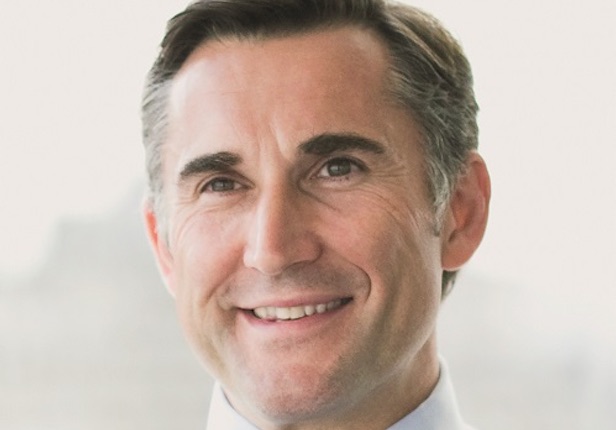
Professional services organisation EY has reported a mean gender pay gap of 19.7% for fixed hourly pay as at 5 April 2017.
The organisation has reported its gender pay gap data in line with the government’s gender pay gap reporting regulations and ahead of the private sector submission deadline of 4 April 2018. In addition, EY’s Pay gap report 2017 also includes voluntary disclosures, such as its ethnicity pay gap.
The gender pay gap reporting regulations require organisations with 250 or more employees to publish the difference between both the mean and median hourly rate of pay for male and female full-time employees; the difference between both the mean bonus pay and median bonus pay for male and female employees; the proportions of male and female employees who were awarded bonus pay; and the proportions of male and female full-time employees in the lower, lower middle, upper middle and upper quartile pay bands.
The median gender pay gap for fixed hourly pay is 14.8% as at 5 April 2017.
The mean gender pay gap for bonuses paid in the year to 5 April 2017 is 43.5%, and the median gender pay gap for bonus pay is 35.2%. Over this period, 52.3% of men received a bonus payment, which is based on performance and seniority, compared to 57.8% of women.
More than a third (35.5%) of employees in the highest pay quartile at EY are women, compared to 47.8% in the second quartile, 53.7% in the third quartile, and 51.4% in the lowest pay quartile.
The mean black and minority ethnic (BME) pay gap for hourly fixed pay is 17.3% at 5 April 2017, and the median BME pay gap is 9.8%. The mean ethnicity pay gap for bonuses paid in the 12 months to 5 April 2017 is 34.1% and the median BME pay gap for bonus pay is 35.7%. In this timeframe, 46.2% of BME employees received a bonus payment, compared to 61.3% of white employees.
Less than a fifth (19.3%) of employees in the highest pay quartile at EY are BME, compared to 31% in the second pay quartile, 33.5% in the third pay quartile, and 29.6% in the lowest pay quartile.
Two-fifths (40%) of EY UK’s board are women, and 6% are BME. Of its overall partnership in the UK, 20% of partners are female and 9% are BME.
EY attributes both its gender pay gap and ethnicity pay gap to the make-up of its workforce, with more men and non-BME employees working across senior levels in the business. EY’s analysis found that there is a larger proportion of women employed in more junior, administrative and workplace service roles. For the organisation’s client serving staff, the median gender pay gap is 9.6% and the median ethnicity pay gap is 8.6%.
EY has implemented more than 20 initiatives to date in order to improve diversity at the organisation. This includes mentoring and sponsorship programmes, such as its CareerWatch and BME Leadership programmes, inclusive leadership training, career and family coaching, and promoting flexible working, which 84% of employees currently utilise. In addition, EY has more than 26 employee networks in place, including its EY Black Network and Women’s Network, as well as its EY Reconnect network, which helps employees back to work after a career break.
EY also monitor its recruitment, promotion, performance assessment and nomination to leadership programmes processes to take into consideration gender and race. This includes placing a greater focus on the representation of women and ethnic minorities on its client project teams, and using shared parental leave policies to encourage decision making around being a working parent as gender neutral as possible, as well as accessible to all.
The organisation is also committed to making progress on its gender and ethnicity targets, which are measured on a three-yearly rolling basis. EY aims to have at least 30% female and 10% black and minority ethnic representation in its new partner intake every three years. For 2017, these figures stand at 27% and 13% respectively.
Steve Varley (pictured), managing partner at EY UK, said: “We have made strong progress in the last five years to improve the representation of diverse talent, in all its forms, and we have an action plan in place to tackle this business critical issue. However, we know there is more work to do to speed up the process of achieving parity in the workplace and looking at this challenge through the lens of the pay gap figures has given us even greater resolve.
“Publishing both our gender and ethnicity pay gap will help to ensure that we have an equal and sustained focus internally on improving these measures of diversity. We also hope to advance change by encouraging other businesses to follow this approach. It is a commercial imperative for EY and part of our business purpose, to build a better working world, improving diversity and inclusion in our own business and contributing to change in wider society.
“To increase the diversity of our own organisation we have taken a two-pronged approach; the first is the most fundamental, cultural change. The ‘game changer’ on this agenda is shifting the perceptions and behaviours of our people across the organisation, to create an inclusive and flexible working culture, where everyone can thrive and be themselves at work. At the same time we know that, by particularly supporting our female and BME talent with targeted initiatives, we can increase the diversity of our leaders.”